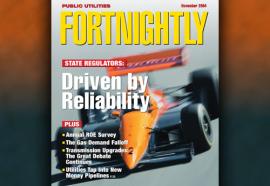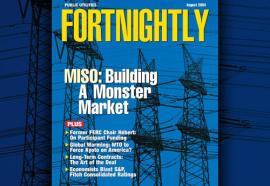Perspective
Renewable Energy in the 21st Century:
Perspective
Renewable Energy in the 21st Century:
State involvement in promoting renewable technologies has profound implications for the future of the energy industry.
Election-year posturing seems to have prevented the federal government from reaching consensus on a number of energy issues ranging from standard market design to global warming, MBTE to Kyoto, ANWR to nuclear waste disposal.









